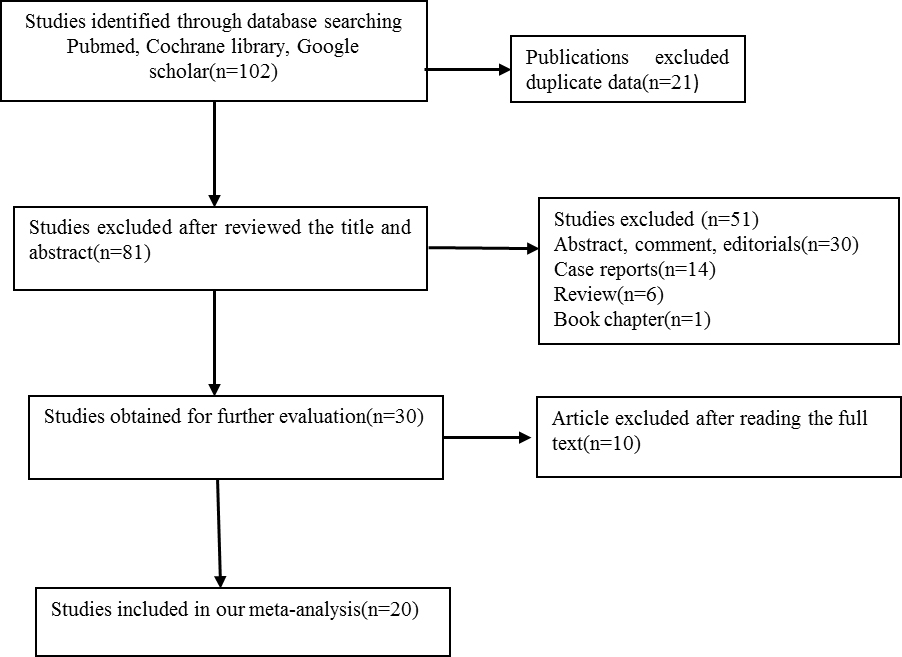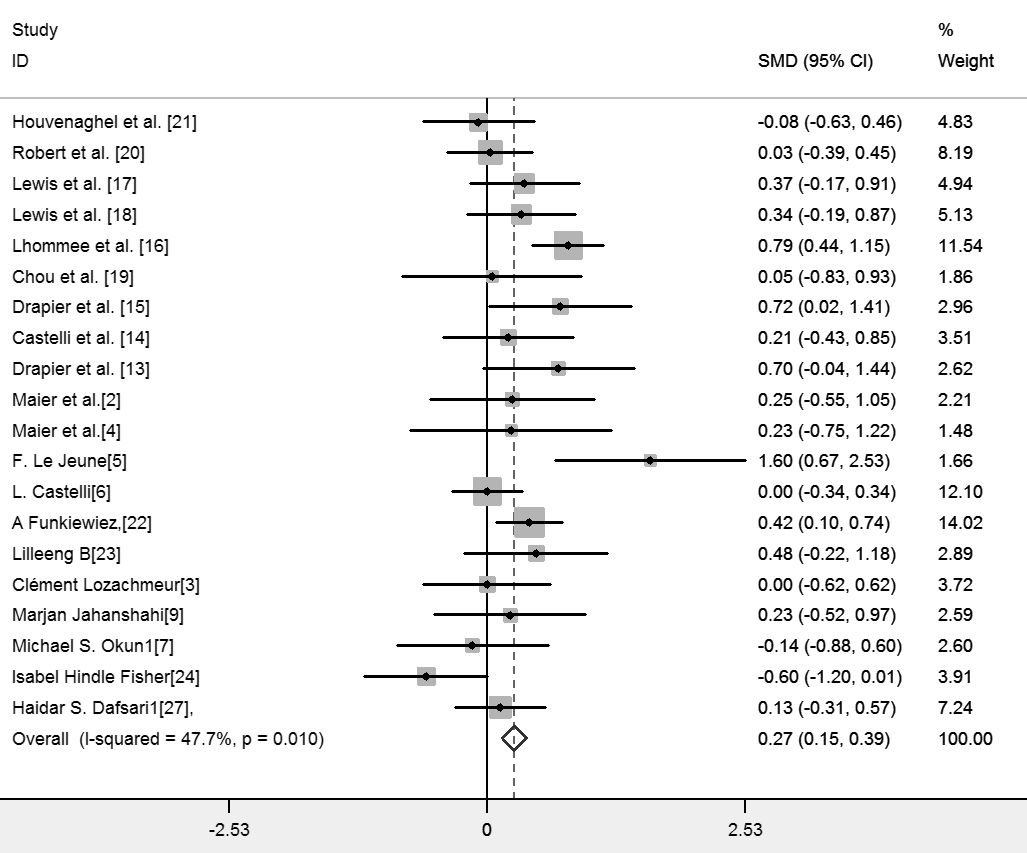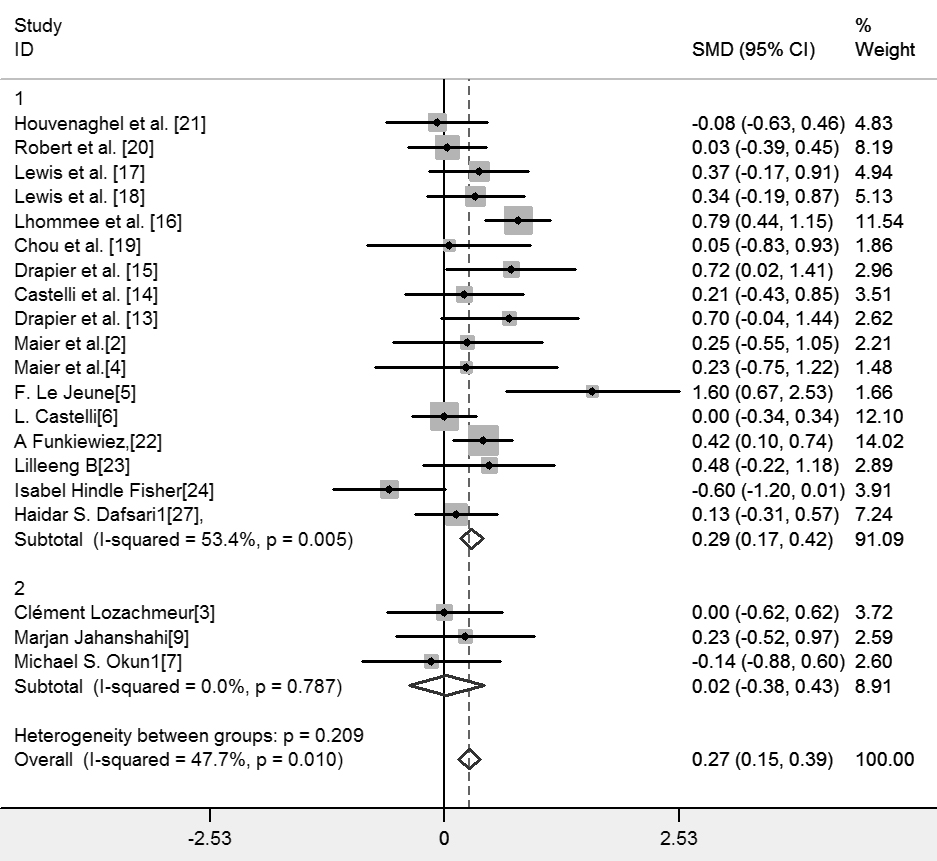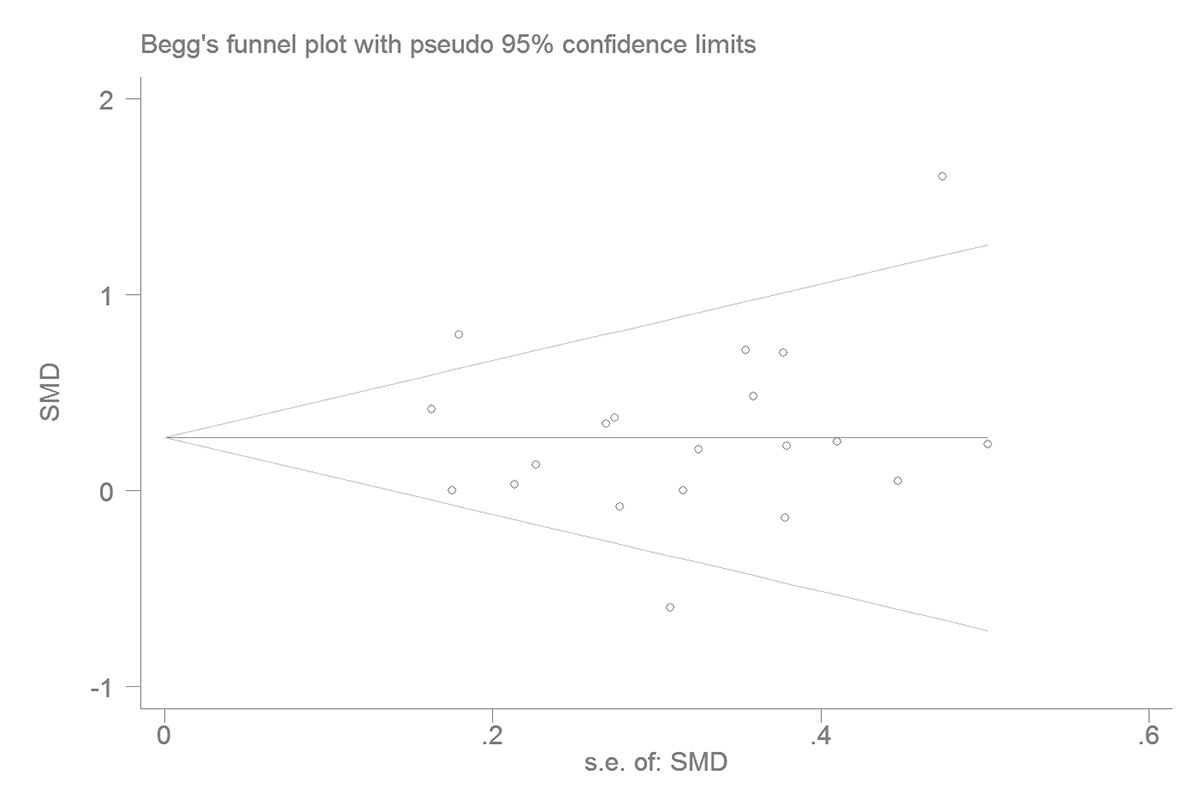Session Information
Date: Wednesday, September 25, 2019
Session Title: Non-Motor Symptoms
Session Time: 1:15pm-2:45pm
Location: Agora 3 West, Level 3
Objective: The present meta-analysis was therefore performed to clarify the effects of STN DBS and GPi DBS on apathy.
Background: Deep brain stimulation (DBS) of either the subthalamic nucleus (STN) or the globus pallidus interna (GPi) can reduce motor symptoms in patients with Parkinson’s disease (PD) and improve their quality of life. However, the effects of STN DBS and GPi DBS on apathy remain controversial. The apathy can be described by the presence of following symptoms: diminished interest in everyday activities; diminished social activities; diminished initiative with executive dysfunction; blunting of emotional responses; diminished responses to positive or negative emotional stimuli.
Method: We searched the PubMed, ScienceDirect, and Embase databases published between 1990 and 2018. The articles included were those contained both pre- and postsurgery apathy data acquired using the Starkstein Apathy Scale、Apathy Evaluation Scale 、Lille Apathy Scale and the ‘Apathy’ item of MDS-UPDRS with patient follow up of at least three months.
Results: A total of 25 out of 102 articles were incorporated into the present meta-analysis. Standardized mean difference (SMD), that is, Cohen’s d, with a 95% confidence interval (CI) was calculated to show the change. We found a significant difference between the presurgery stage and the postsurgery stage scores (SMD = 0.27, 95% CI: 0.15∼0.39, P = 0.000). Further subgroup analysis showed that bilateral STN-DBS seemed to worsen the PD patients’ apathetic condition(SMD = 0.29, 95% CI: 0.17∼0.42, P =0.000), while bilateral GPi-DBS had no adverse effects on apathy in PD patients(SMD = 0.02, 95% CI: -0.38∼0.43, P =0.905). Begg’s test was used to assess publication bias, and the funnel plot was approximately symmetric, indicating that there was no publication bias.
Conclusion: STN-DBS and GPi-DBS seem to relatively worsen the condition of apathy, while bilateral GPi-DBS may be safe for PD patients. Further studies should focus on the exact mechanisms of possible postoperative apathy in the future.
References: [1] F. Maier, C.J. Lewis, N. Horstkoetter, C. Eggers, T.A. Dembek, V. Visser-Vandewalle, J. Kuhn, M. Zurowski, E. Moro, C. Woopen, and L. Timmermann, Subjective perceived outcome of subthalamic deep brain stimulation in Parkinson’s disease one year after surgery. Parkinsonism & related disorders 24 (2016) 41-7. [2] H.S. Dafsari, K. Ray-Chaudhuri, P. Mahlstedt, L. Sachse, J.K. Steffen, J.N. Petry-Schmelzer, T.A. Dembek, P. Reker, M.T. Barbe, V. Visser-Vandewalle, G.R. Fink, and L. Timmermann, Beneficial effects of bilateral subthalamic stimulation on alexithymia in Parkinson’s disease. Eur J Neurol 26 (2019) 222-e17.
To cite this abstract in AMA style:
X. Zhang, A. Xie. Deep Brain Stimulation of the Subthalamic Nucleus and Globus Pallidus for apathy in PD patients [abstract]. Mov Disord. 2019; 34 (suppl 2). https://www.mdsabstracts.org/abstract/deep-brain-stimulation-of-the-subthalamic-nucleus-and-globus-pallidus-for-apathy-in-pd-patients/. Accessed December 31, 2025.« Back to 2019 International Congress
MDS Abstracts - https://www.mdsabstracts.org/abstract/deep-brain-stimulation-of-the-subthalamic-nucleus-and-globus-pallidus-for-apathy-in-pd-patients/




